First Impressions
The UniFi UPS Tower is a surprisingly elegant device, fitting into UniFi’s design language. It looks clean and modern, and it fits nicely alongside other UniFi hardware. However, don’t be fooled by its looks: it’s heavier than expected, which actually gives it a reassuringly solid feel.
I appreciate that UniFi chose C13 outlets, as they’re standard in most IT environments. On the other hand, many of UniFi’s non-rack devices rely on USB-C power adapters, which means I have to use C14 to Schuko dongles to power them, not ideal for a clean setup.
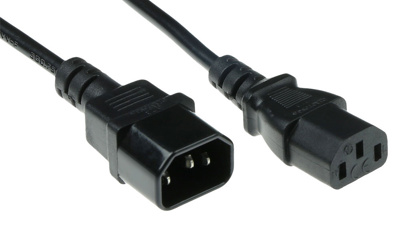
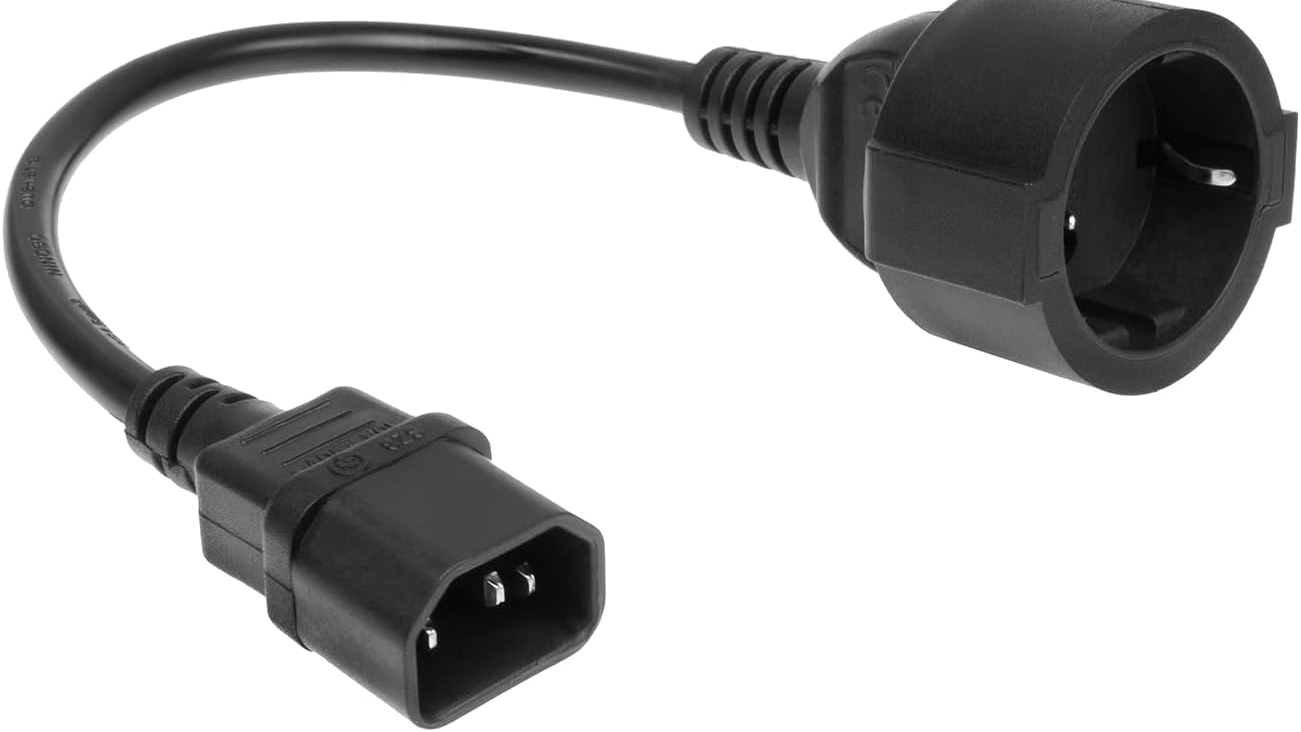
The Unifi UPS Tower is a line-interactive UPS. That means normally powers devices directly from the mains while keeping the battery on standby. When the voltage drops or power fails, it quickly switches to battery, causing a very brief and usually unnoticeable interruption. This makes it ideal for most home and small-office equipment, though not for highly sensitive systems that require zero transfer time.
Features I Like
- UniFi Integration – shows up in UniFi Dashboard and can be easily configured and connected to UniFi NAS devices
- Good build quality – feels premium and sturdy
- C13 outlets – reliable and professional choice
- Integrated NUT server – allows advanced monitoring and potential integration
- Reasonable idle power draw – about 4 W with LEDs off
- Efficient charging – around 13 W while charging the battery
Things I’d Like to See Improved
- USB-C or PoE output ports – would make it much more flexible for powering UniFi routers, access points, or modems directly
- Per-outlet or per-group power measurement
- More accurate low-power metering – currently, power usage under 60 W is not measured correctly (shows 0 W)
- SNMP support – currently unavailable, limiting integration options
- Home Assistant integration – currently it only appears as a network device (via Unifi Integration), even though switching outlets via the Unifi dashboard works
- Power graphic – like with poe switches
But is it any good?
The UPS has a 108 Wh battery, which clearly isn’t meant for extended outages.
According to the manufacturers website at ~300 W load, runtime is around 7 minutes, which is just enough for controlled shutdowns of NAS or server systems.
For lighter loads, such as networking gear, you’ll get longer uptime. My plan is to use it to keep my ISP modem, UDR, US-8, and one AP running during short blackouts.
We occasionally experience 20-45 minute outages here in Vienna. I noticed (by connecting it to a Powerbank) that the ISP modem still works on power outage. This should last me around 2.5 to 3.5 hours.
NUT Server Intergration
The UPS runs a built-in NUT server, exposing detailed metrics.
When queried with upsc, it provides a lot of useful data, although load below 60 W reports as 0 W. Above that threshold, the readings are quite accurate.
Normal Power usage under 60W:
martin@server:~$ upsc upstower@upsip
Init SSL without certificate database
battery.charge: 100
battery.low: 9.76
battery.voltage: 13.7
battery.runtime: 3650
input.voltage: 233.6
input.frequency: 50.0
input.voltage.nominal: 230.0
input.transfer.high: 280.0
input.transfer.low: 170.0
output.voltage: 233.6
output.current: 0.00
output.power: 0.0
output.power.nominal: 920.0
output.frequency: 50.0
ups.load: 0
ups.status: OL CHRG
ups.model: TOWER_1000VA_230V
ups.serial: xxxxxx
ups.mfr: Ubiquiti
ups.id: upstower
ups.type: line-interactive
ups.test.result: no test
ups.test.date: 0000-00-00
ups.test.interval: 43200Normal Power usage above 60W:
martin@server:~$ upsc upstower@upsip
Init SSL without certificate database
battery.charge: 100
battery.low: 9.76
battery.voltage: 13.7
battery.runtime: 1154
input.voltage: 233.6
input.frequency: 50.0
input.voltage.nominal: 230.0
input.transfer.high: 280.0
input.transfer.low: 170.0
output.voltage: 233.6
output.current: 0.40
output.power: 119.6
output.power.nominal: 920.0
output.frequency: 50.0
ups.load: 13
ups.status: OL CHRG
ups.model: TOWER_1000VA_230V
ups.serial: xxxxxx
ups.mfr: Ubiquiti
ups.id: upstower
ups.type: line-interactive
ups.test.result: no test
ups.test.date: 0000-00-00
ups.test.interval: 43200Disconnected Main Power:
martin@server:~$ upsc upstower@upsip
Init SSL without certificate database
battery.charge: 74
battery.low: 9.76
battery.voltage: 12.5
battery.runtime: 2723
input.voltage: 0.0
input.frequency: 0.0
input.voltage.nominal: 230.0
input.transfer.high: 280.0
input.transfer.low: 170.0
output.voltage: 228.2
output.current: 0.20
output.power: 55.2
output.power.nominal: 920.0
output.frequency: 50.0
ups.load: 6
ups.status: OB DISCHRG
ups.model: TOWER_1000VA_230V
ups.serial: xxxxxx
ups.mfr: Ubiquiti
ups.id: upstower
ups.type: line-interactive
ups.test.result: no test
ups.test.date: 0000-00-00
ups.test.interval: 43200UniFi Dashboard
Disconnected Main Power Unifi Dashboard:

Connected to Main Power:

Connected to Main Power, Power usage over 60W:
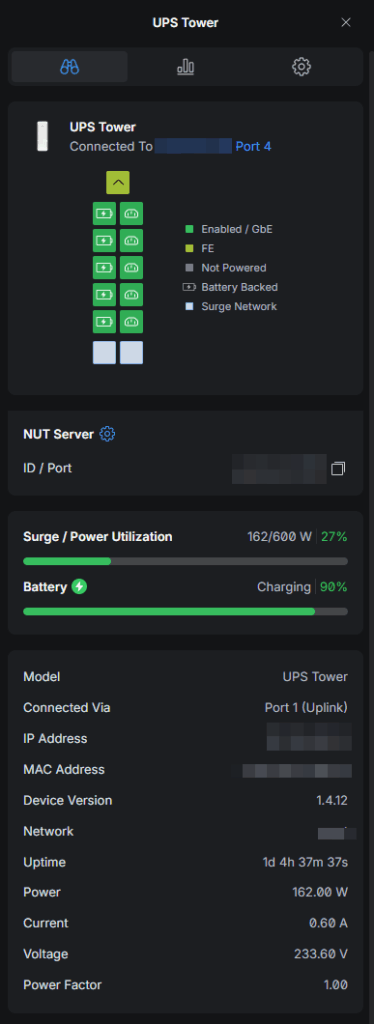
Pictures
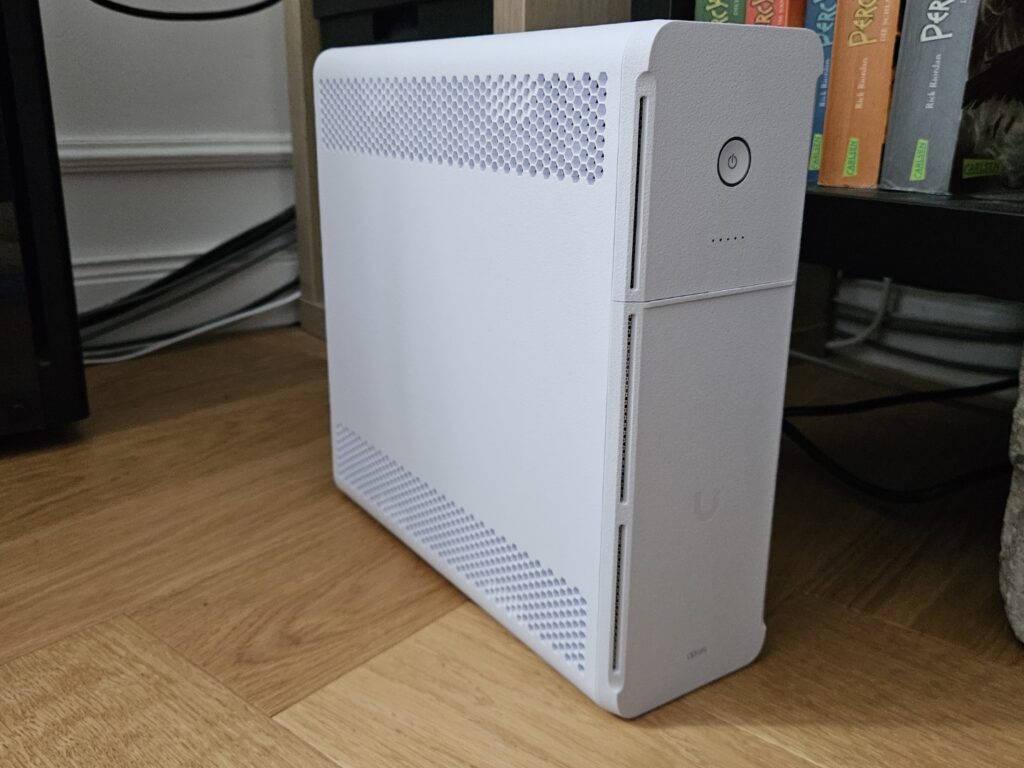
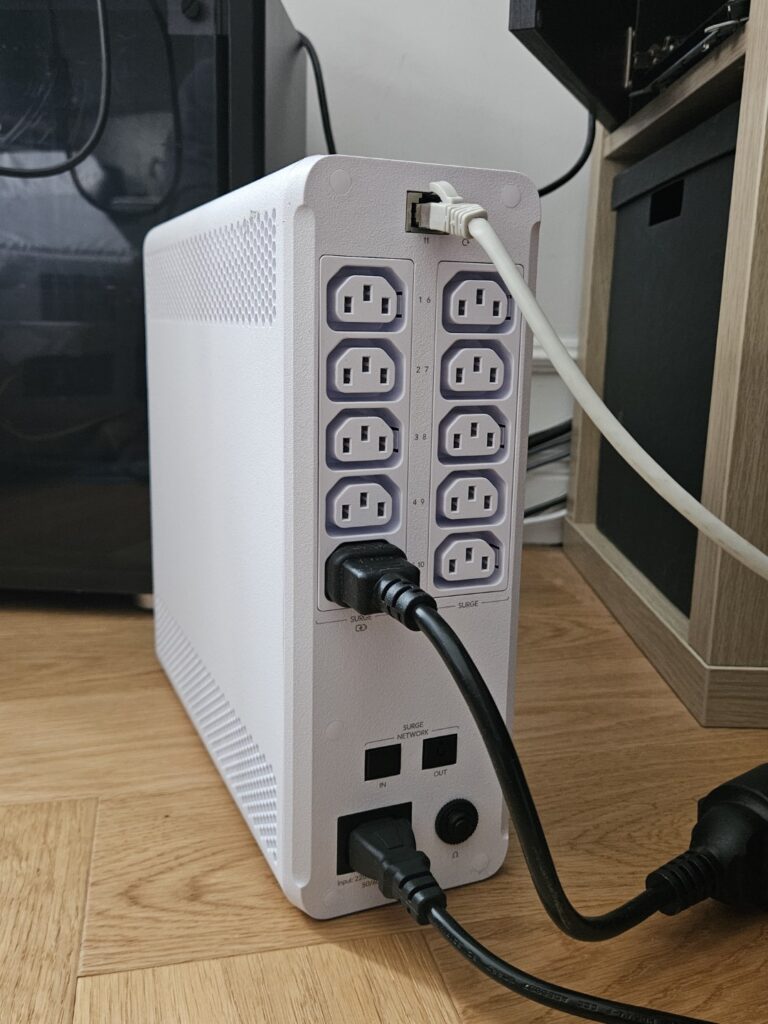
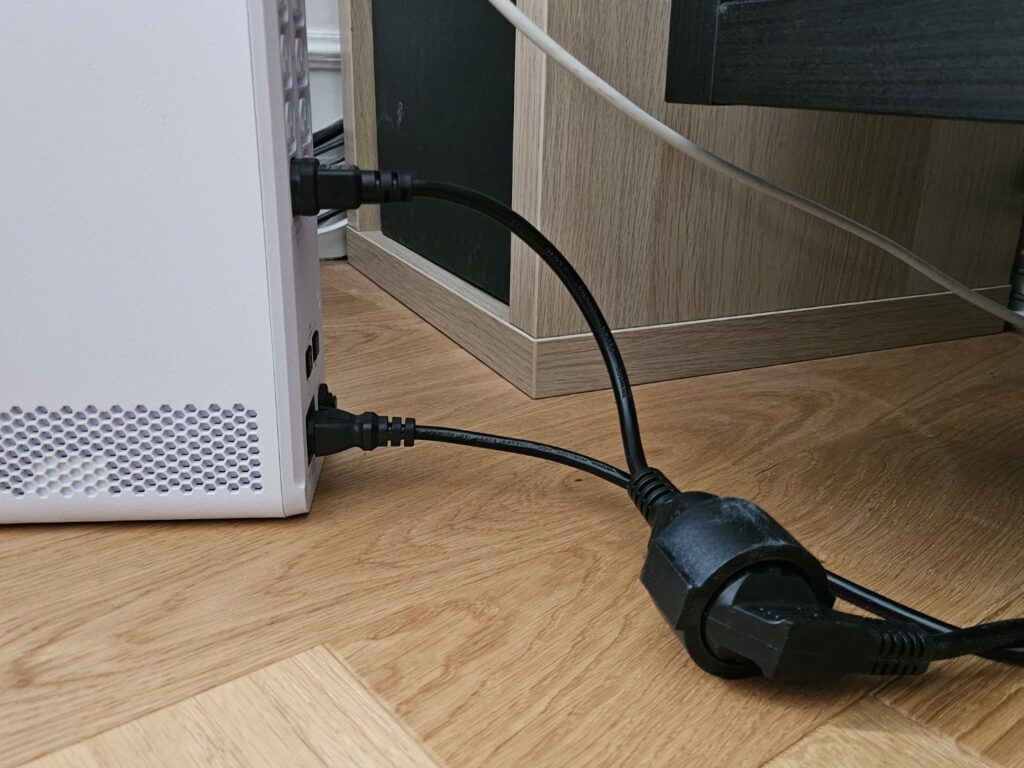
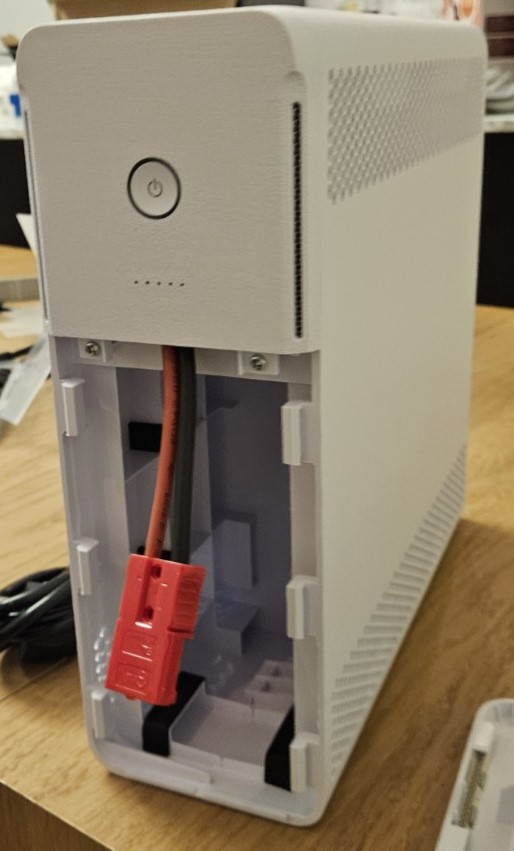
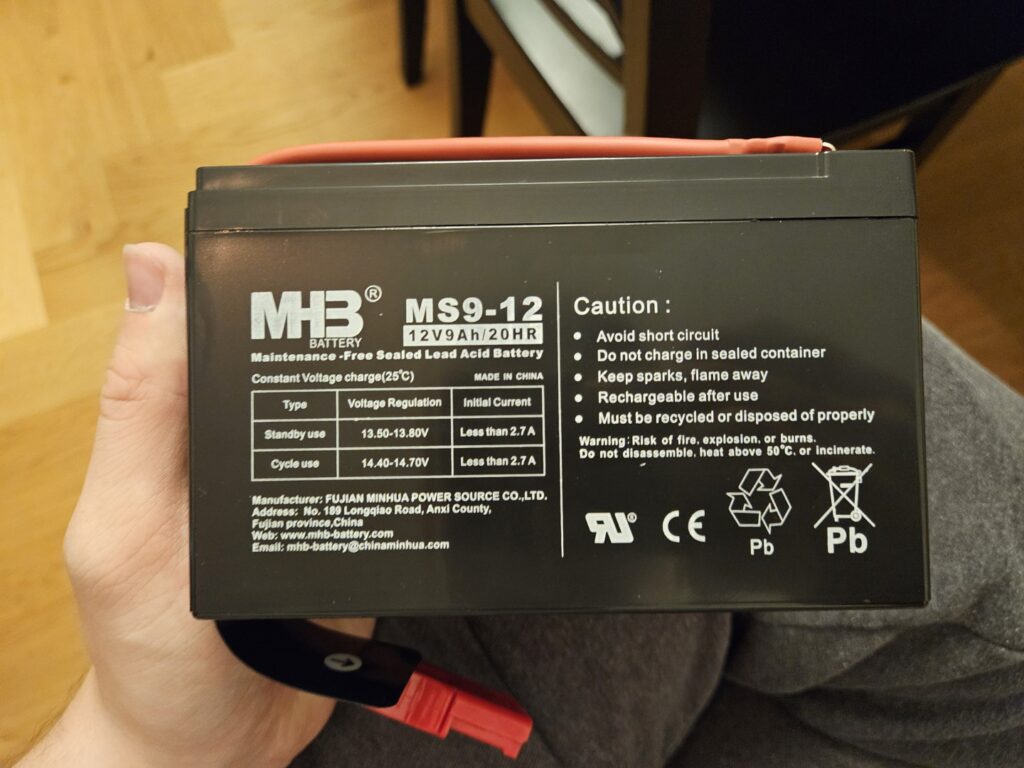
Verdict
The UniFi UPS Tower is a stylish and capable small UPS for protecting PCs and network gear, but it feels like a first-generation product. Solid hardware, missing software features.
Let me know your thoughts in the comments! I will update (probably) this article as when new features arrive.
Update 1 – 03.11.2025
Ubiquiti just released an update for the UPS Tower and now it works with the Homeassistant UPS Tools (NUT) integration. 🥳
Per default it does not show much:

If you activate the diagnostic entities you get a lot more information:
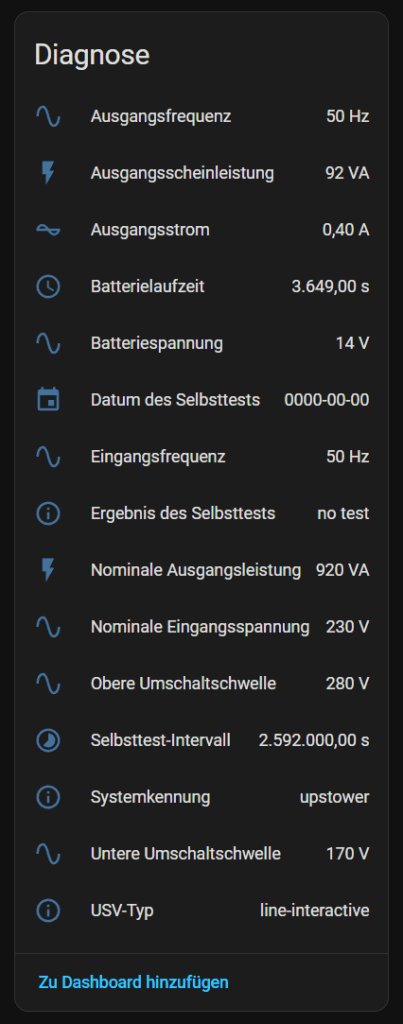
Sadly, the unifi integration does not yet have more options.
Also, the Output Amperage you can see in the screenshot does not appear to be acurate. According to it my gear should be using 92W, but currently my whole ups with all plugged in gear only consume around 38W. (Measured from the plug)
which nut server do you use?
Currently, i just have it connected directly to HomeAssistant with the Network UPS Tools (NUT) Integration.